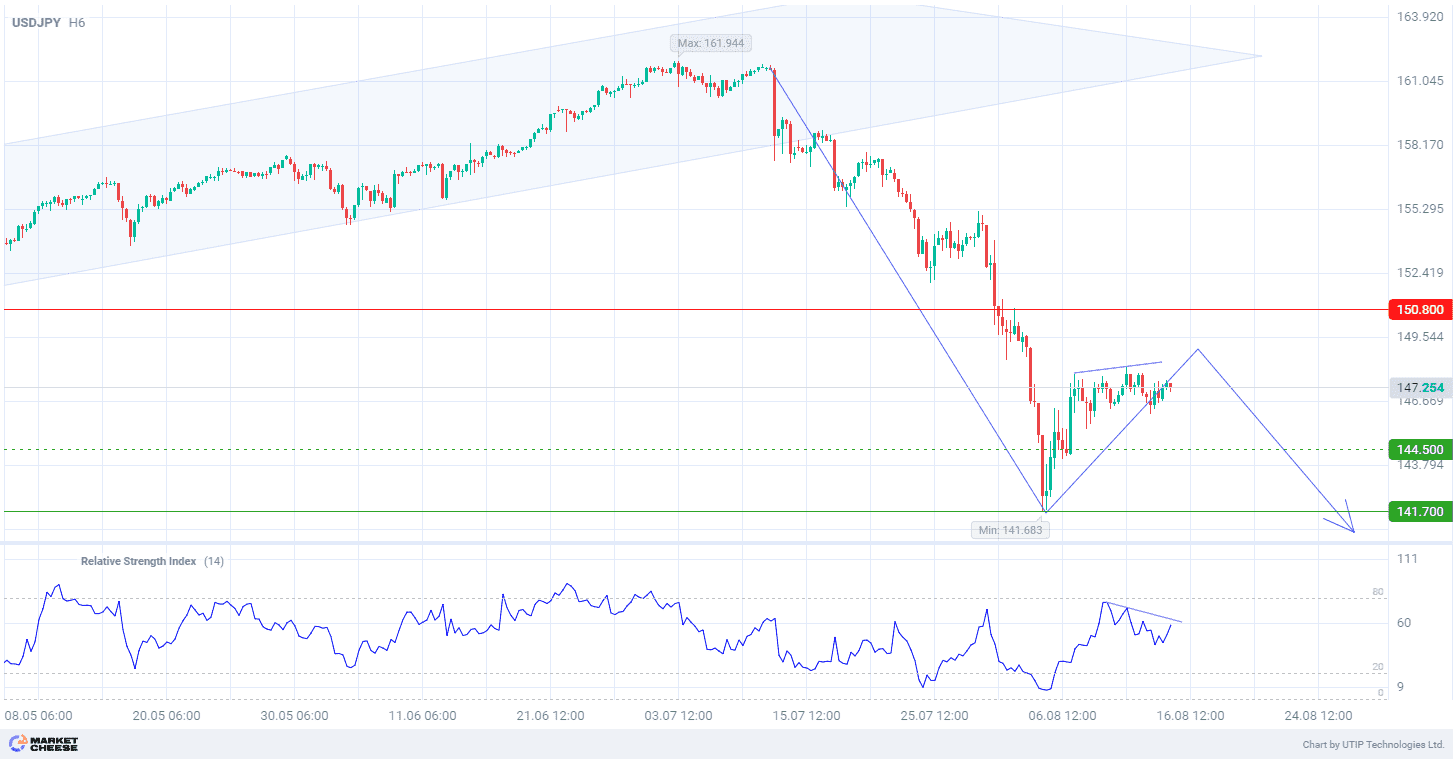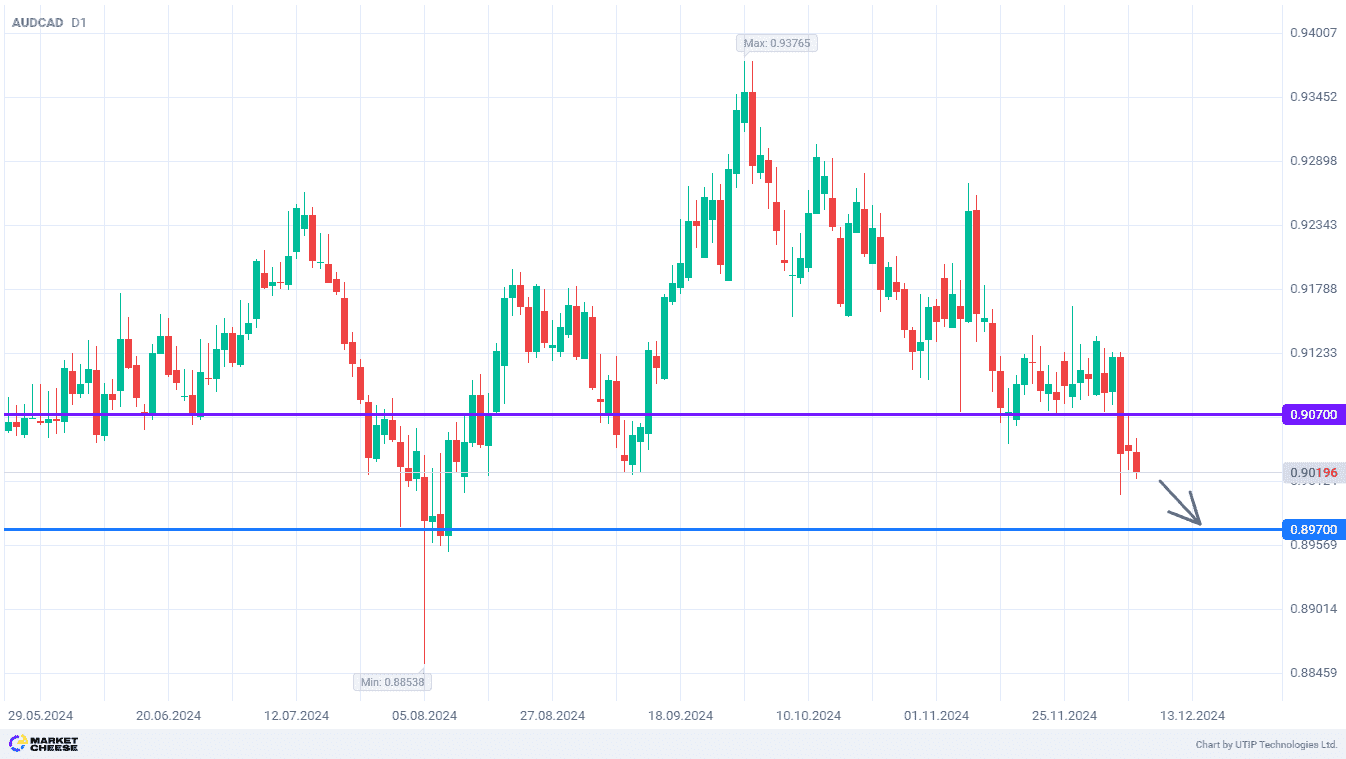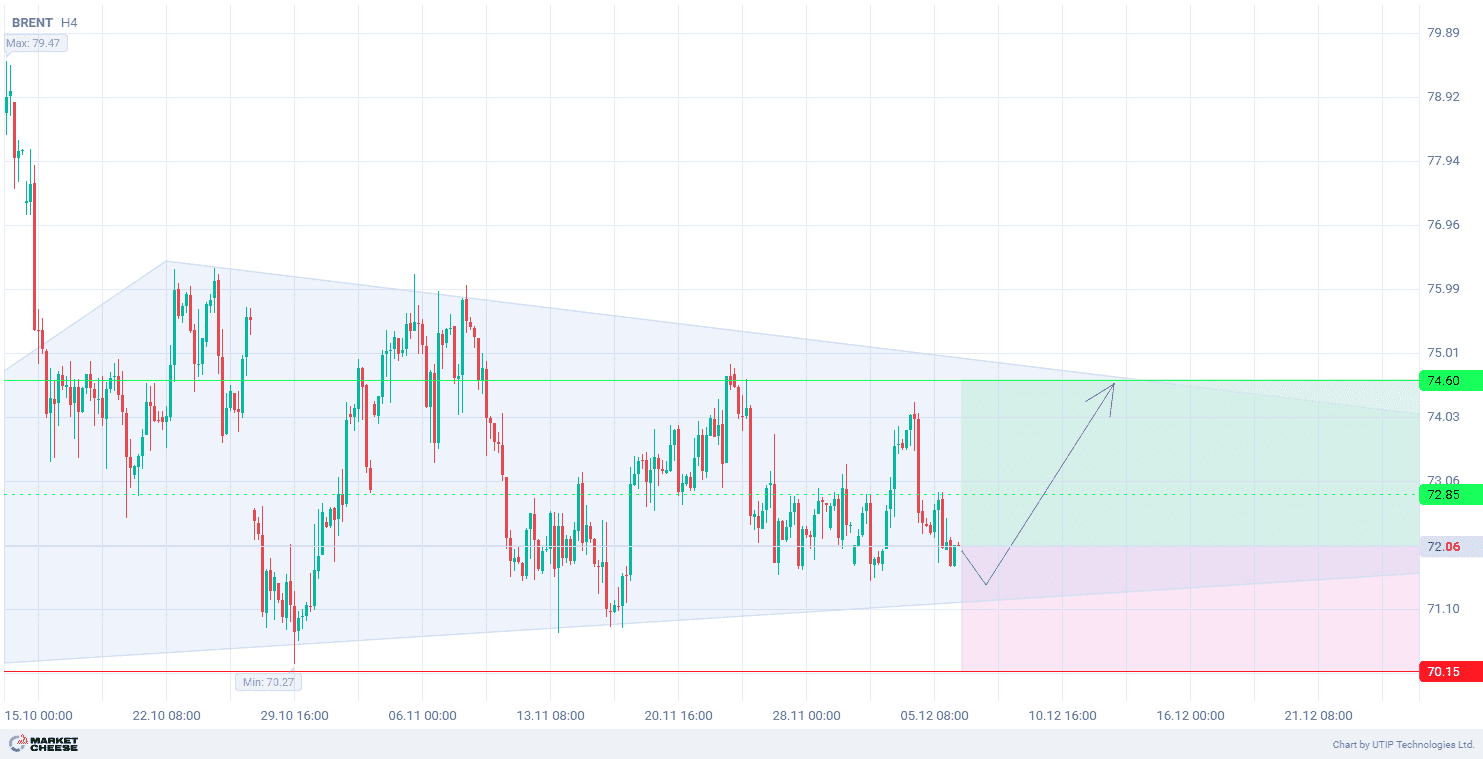On Thursday, the USDJPY currency pair rate stabilized near the weekly resistance at 147.90. Such consolidation is due to the release of multidirectional data in the US and Japan.
In the second quarter, Japan’s economy grew by a faster-than-expected annualized 3.1%, due to the significant consumption growth. This keeps another near-term rate hike by the Japanese regulator on the table.
Tokyo’s interventions early last month, as well as the Bank of Japan’s surprise interest rate hike in late July, reversed the yen upward after a six-month downtrend.
Meanwhile, according to the US Bureau of Labor Statistics, the Consumer Price Index (CPI) rose 0.2% in July after a 0.1% decline in June. Year-over-year inflation amounted to 2.9% against a 3% increase in June. This data reinforced expectations of the possible easing of the Federal Reserve’s monetary policy in September.
According to the CME FedWatch tool, there is a 64% chance of a 25 basis points cut next month and a 36% chance of a 50 basis points reduction.
Traders are also awaiting retail sales data and other key US macroeconomic reports. These indicators may affect further market dynamics during the North American session on Thursday.
At the technical level, the USDJPY currency pair quotes showed an acceleration of the downtrend after exiting the uptrend on the D1 timeframe.
In terms of wave analysis, the price is in the process of forming the second ascending wave on the H6 timeframe. However, divergence in the Relative Strength Index (RSI) (standard parameters) signals a possible downward reversal and the beginning of the third downward wave.
Signal:
The short-term outlook for the USDJPY currency pair is to sell.
The target is at the level of 141.70.
Part of the profit should be fixed near the level of 144.50.
The Stop loss could be placed at the level of 150.80.
The bearish trend is of a short-term nature, so it is suggested to limit the trading volume to no more than 2% of your capital.










